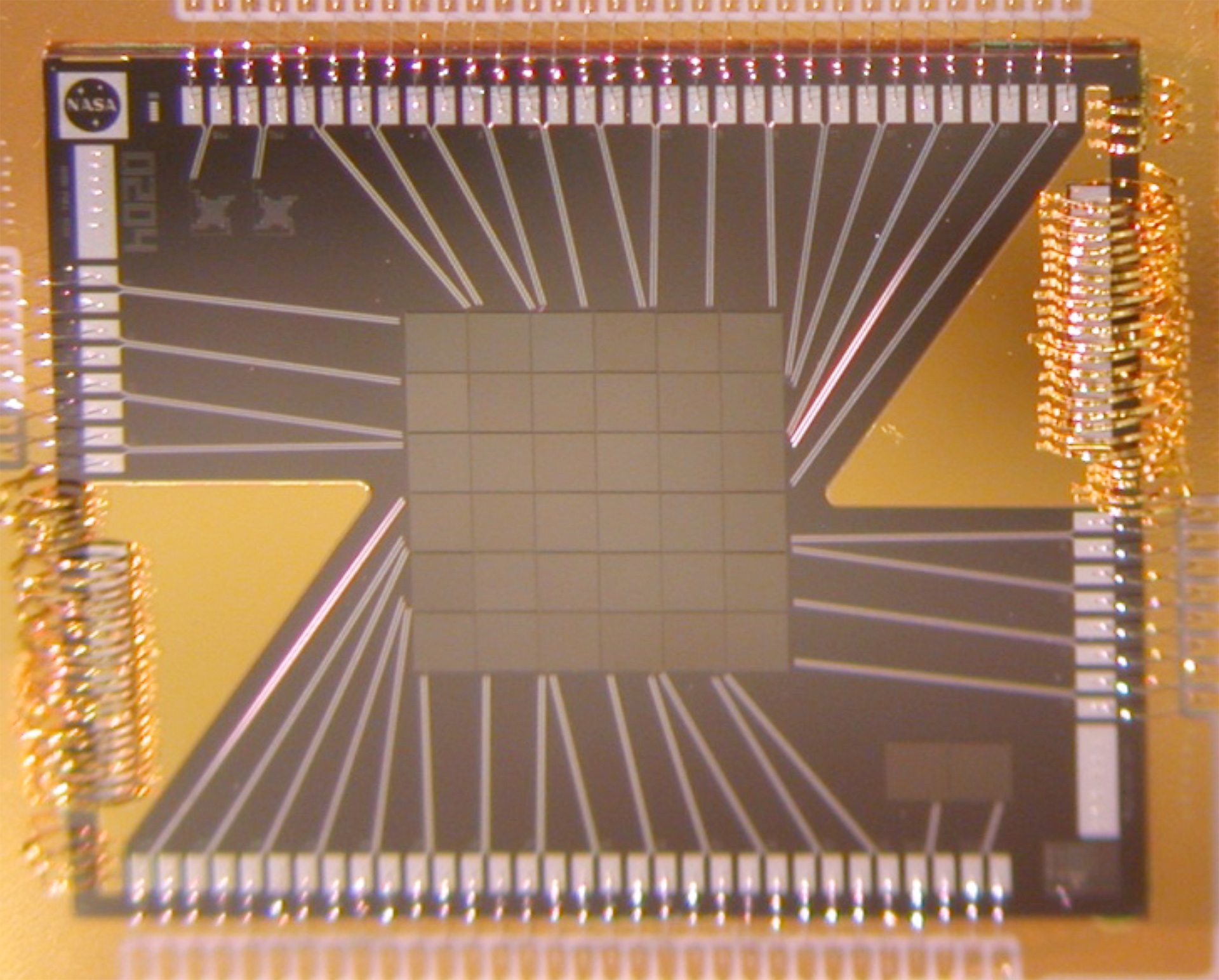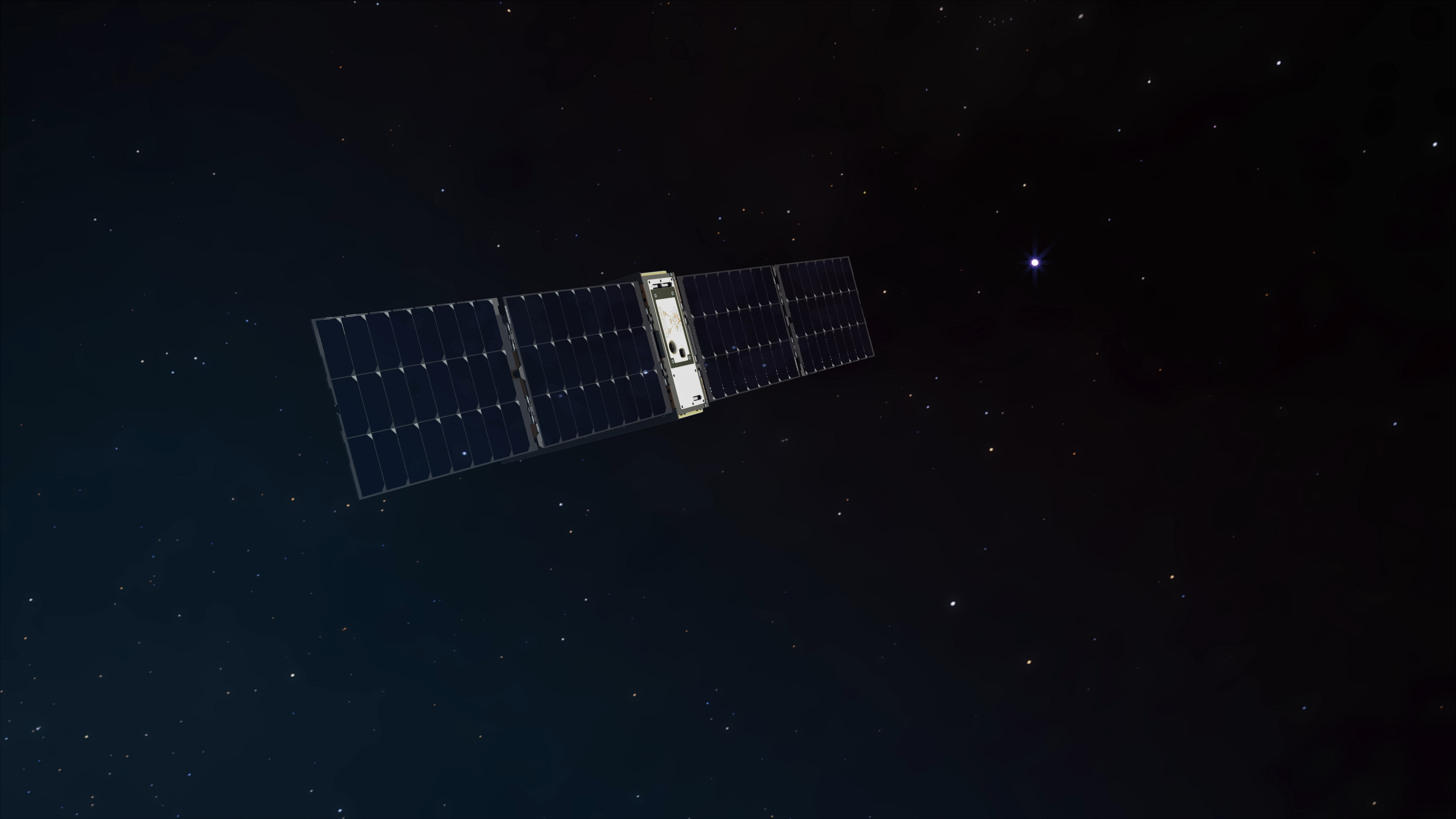3 min read
“There are lots of dimensions of light that we cannot see with our eyes,” NASA Earth scientist Joshua Fisher explained, gesturing towards a couple of olive trees, “That’s the interesting science NASA does.” It was the third day of spring and we were sitting at a picnic table in the shade at NASA’s Jet Propulsion Laboratory in Pasadena, California, yakking away about fluorescent light, which plants emit during photosynthesis.
Light travels in waves. The human eye is adapted to see a small range of those waves in the visible part of the electromagnetic spectrum. A few NASA instruments, such as MODIS on the Aqua and Terra satellites, the Landsat suite of satellites, the Mars Reconnaissance Orbiter and Cassini, just to name a few, make observations in the visible part of the spectrum. But NASA has also created sensors specifically designed to pick up light waves outside of the visible spectrum. These instruments can observe additional electromagnetic wave energies, from the Cosmic Microwave Background radiation left over from the Big Bang to high-energy gamma rays, and everything in between, and help us understand more about Earth and the universe.

Plant fluorescence has become a new global measurement within the last few years. NASA scientists, such as Fisher, have begun measuring fluorescence from space and using these measurements to monitor photosynthesis around the globe (see video above). See, the chlorophyll in plants absorbs certain wavelengths of light, Fisher explained, pointing at the olive trees again. Some of that light drives photosynthesis, and a small amount of those wavelengths are stretched by plants and re-emitted as fluorescent light. So the amount of fluorescence those plants are giving off is directly proportional to the amount of photosynthesis they’re doing.
The primary purpose of NASA’s Orbiting Carbon Observatory 2 (OCO-2), which launched in July 2014, is to monitor global carbon dioxide. But the spectrometer on OCO-2 has a secondary function: It also measures fluorescence. This means that with this one instrument, we can now see photosynthesis from space and find out how much carbon dioxide plants are removing from our atmosphere. That’s killer!
“It’s the first time that we can directly see from space what the plants are actually doing.” Fisher said.
Observing photosynthesis gives us an immediate indication of plant health, telling us how plants are reacting to drought or which species are struggling. And since plants draw down carbon dioxide from Earth’s atmosphere, we need to understand more about how they react to changing climate conditions.
This information will help farmers, climate modelers, scientists and even everyday people who like to sit in the shade of a tree and marvel at the light—all of the light, whether or not we can see it.

Laura Faye Tenenbaum (@LauraFayeTen) is a science communication innovator and a member of the Earth Science Communications Team at NASA’s Jet Propulsion Laboratory, where she is responsible for creating content for the climate website Global Climate Change: Vital Signs of the Planet and the Earth Right Now blog. Her team won two Webby Awards, the Internet industry’s highest honor, for Best Science Website. She has also held a faculty position in the Physical Science Department at Glendale Community College for the last 13 years.







